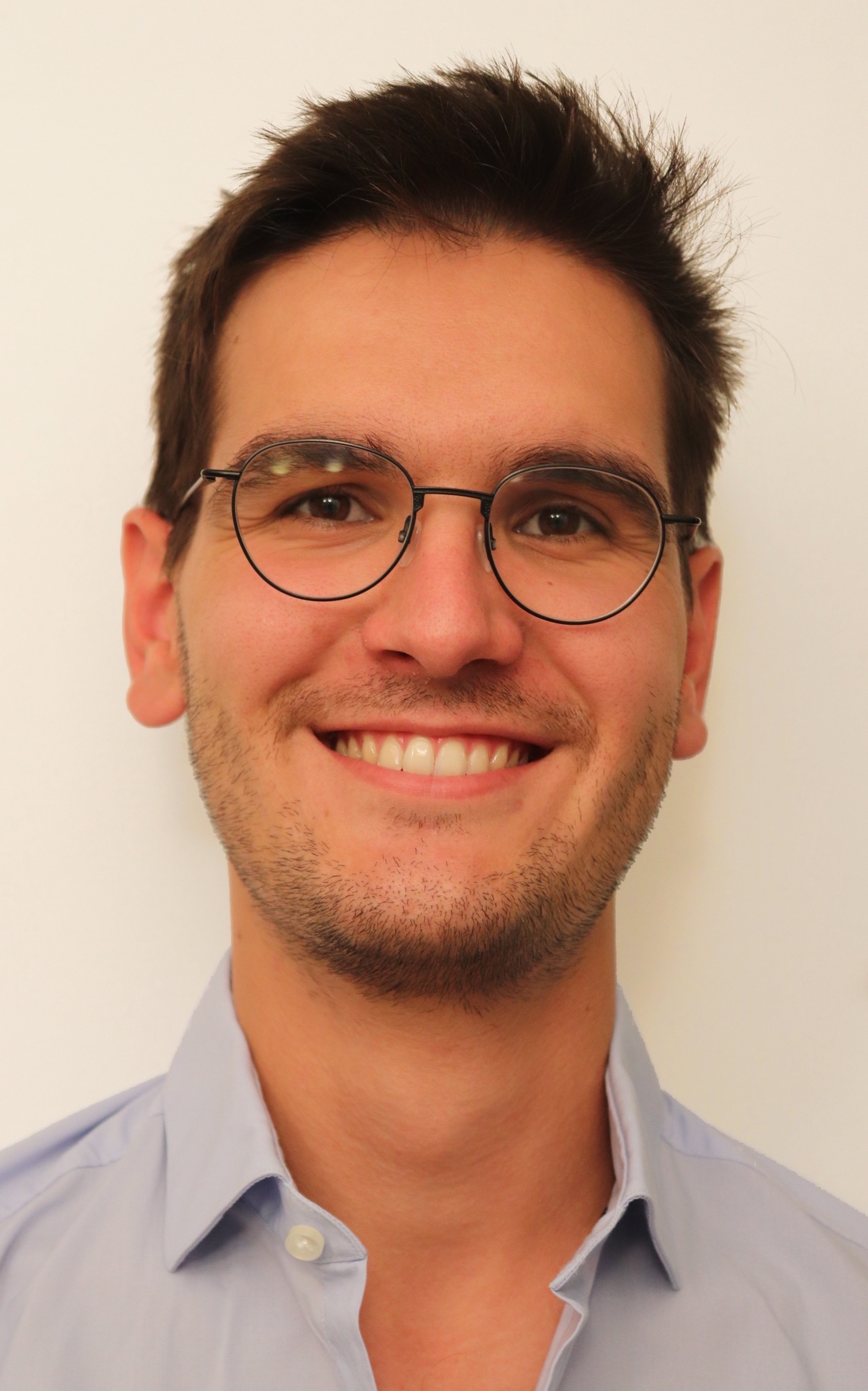
Impact of hypothermic oxygenated perfusion (HOPE) on endothelial cell biology in a preclinical porcine model of pancreatic transplantation
Benoît Mesnard1,2, Sarah Bruneau2, Thomas Prudhomme2, Etohan Ogbemudia3, Delphine Kervella2, Stéphanie Le Bas-Bernard2, David Minault2, Jérémy Hervouet2, Jérôme Rigaud1, Lionel Badet4, Gilles Blancho2, Julien Branchereau1,2,3.
1Department of Urology and Transplantation Surgery, Nantes University Hospital, Nantes, France; 2Institut de Transplantation Urologie Néphrologie (ITUN), Centre de Recherche en Transplantation et Immunologie (CRTI) UMR 1064, INSERM, Nantes, France; 3Nuffield Department of Surgical Science, University of Oxford, Oxford, United Kingdom; 4Department of Urology and Transplant Surgery, Hôpital Edouard-Herriot, Hospices Civils de Lyon, Lyon, France
Introduction: Hypothermic Oxygenated machine PErfusion (HOPE) is under investigation in kidney and liver transplantation to improve the security and outcomes of transplants from marginal donors. The effect of HOPE on endothelial cell biology has been poorly studied in organ transplantation and to date no studies have evaluated it in pancreatic transplantation. We propose to evaluate the effect of HOPE versus statical cold storage on endothelial cell biology of pancreatic transplants during hypothermic storage.
Method: We set up a model of marginal donors with a donation after circulatory death in an animal house porcine model (warm ischemia = 30 minutes). After pancreas procurement, pancreatic transplants were preserved during 24 hours in hypothermic condition either in statical cold storage (SCS) (n=2) or on HOPE (Waves machine, Institut Georges Lopez) with an oxygenation at 95% at 2L/min (n=2). Organ preservation solution was IGL-1 and perfusion pressure was 15mmHg. Surgical biopsies were performed after organ removal and after 3 and 24 hours of storage. Effects on endothelial cell biology were assessed by quantitative RT-PCR (RT-Profiler PCR Array, Qiagen). The expression of 84 genes involved in permissibility and vessel tone, angiogenesis, cell adhesion, inflammation and apoptosis were evaluated.
Results: The analysis of the associated markers of vascular endothelial function expression highlighted an overexpression of markers of inflammation, cell adhesion, and apoptosis during static preservation for 3 h and up to 24 h of preservation.

In contrast, a decrease in markers of antithrombotic activity was observed during statical preservation (THBD). Comparison of gene expression during static preservation and HOPE suggests a decrease in the expression of several genes involved in inflammation (IL-6, F2RL-1, TNFS10, F3), apoptosis (CASP3, EDNRA), or related to ischemia (VEGFA), associated with an increase in the expression of genes related to vasodilation and anticoagulant effect (THBD).
Conclusion: Our results suggest that HOPE may influence endothelial cell biology during preservation by decreasing markers related to inflammation and apoptosis.
The authors thank The French association of Urology, Nantes Université and the Agence of Biomedicine for their financial support and the Institut Georges Lopez for the material support..

right-click to download
